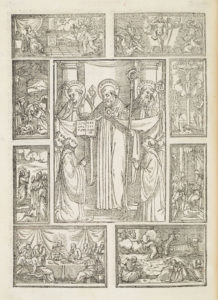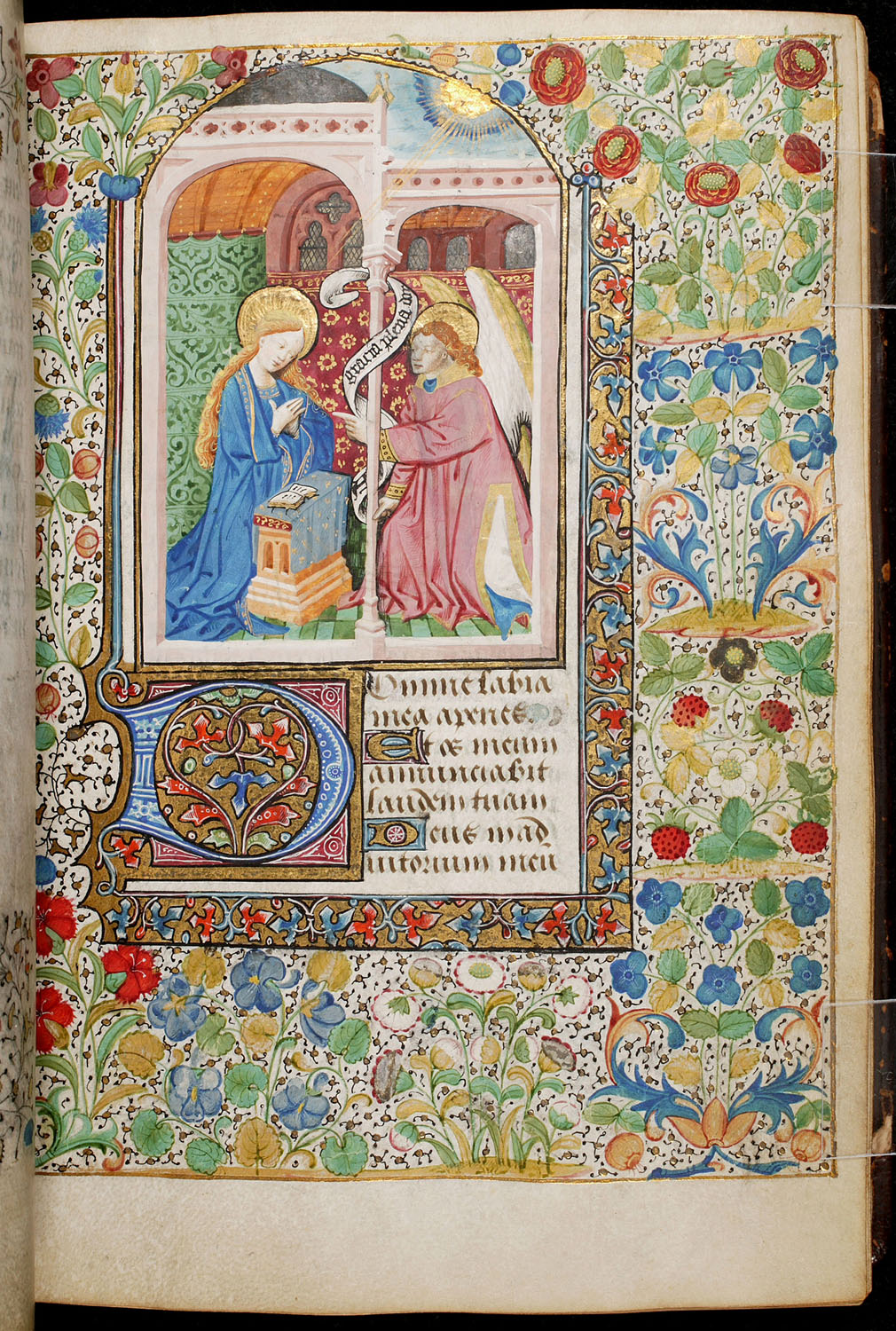by Cori Hilsgen
news@thenewsleaders.com
An exhibit of prayer based not on concepts of time, but instead on rhythm of daily routine, is open through May in three areas of the Hill Museum and Manuscript Library and the Alcuin Library, next door, which are both located on the campus of St. John’s University.
The exhibition includes the Books of Hours and following a regular schedule of prayer for lay people located in the Culhane Gallery in Alcuin Library, the St. Benedict and Divine Office located in the entrance to the Hill Library and Books related to the Divine Office and the Liturgy of the Hours located in the Hill Museum and Manuscript Library Reading Room/Gallery.
Dr. Matthew Heintzelman, curator of the exhibition, said the idea for the exhibition is centered on our changing approach to understanding time.
Many people are now using their cell phones instead of wrist watches to keep track of time. A different way would be through prayer.
The monks at St. John’s Abbey and sisters at St. Benedict’s Monastery have regular prayer in the morning, at noon and in the evening, as well as an optional evening compline or night prayer service.
Heintzelman said the new “Liturgy of the Hours” grew from a centuries-old practice of praying every two-three hours for a total of eight separate times of day that became the basis for a life lived through prayer.
The Books of Hours, filled with beautiful art, are each opened to different times of the day. The exhibition outlines the times of day for prayer and the prayers used at those times, mostly from the Psalms.
St. Benedict’s focus on the Psalms formed the Benedictine cycle of prayer known as the Divine Office (the word “office” comes from the word “work” in Latin).
Seven manuscript Books of Hours from the 15th century and two printed Books of Hours from the 16th century are displayed.
Also displayed are two medieval woodcarvings of the Virgin Mary with the baby Jesus.
The Books of Hours are prayer books intended for the laity and for individual use. The Breviaries, Psalters, Antiphonals and other books in the Reading Room are for members of religious orders to use in a communal setting.
Heintzelman said while these are parallel phenomena, they have core differences between them.
Besides the Western books, there are also examples of books related to the reading of the Psalms from other traditions such as Arabic, Ethiopic, Greek and Slavonic.
The Hill Museum and Manuscript Library identifies, digitally photographs, catalogs and archives endangered manuscripts belonging to threatened areas worldwide.
It has partnerships with more than 540 libraries and archives; he has photographically preserved more than 250,000 manuscripts from Africa, Europe, India and the Middle East.
Heintzelman is the curator for the Austria/Germany Study Center and is responsible for about 50,000 reels of microfilm, and medieval and early modern manuscripts from Germany, Austria, Switzerland and other places. He is also the curator for Rare Books and Manuscripts and is responsible for about 11,000 rare printed books, and many manuscripts and manuscript fragments at St. John’s University.
The Hill Museum and Manuscript Library entrance is located on the lower level of Alcuin Library on the St. John’s University campus. The prayer exhibit is free and open to all.
For additional information, call The Hill Museum and Manuscript Library at 320-363-3514 or visit hmml.org.

A “Living Prayer: Prayer Brought to Life, Living Through Prayer” exhibit at the Hill Museum and Manuscript Library and the Alcuin Library includes this printed Breviary which shows St. Benedict with his followers, Maur and Placid.

A “Living Prayer: Prayer Brought to Life, Living Through Prayer” exhibit at the Hill Museum and Manuscript Library and the Alcuin Library includes this Bean Manuscript no.1 from a Book of Hours, which shows the Annunciation.



